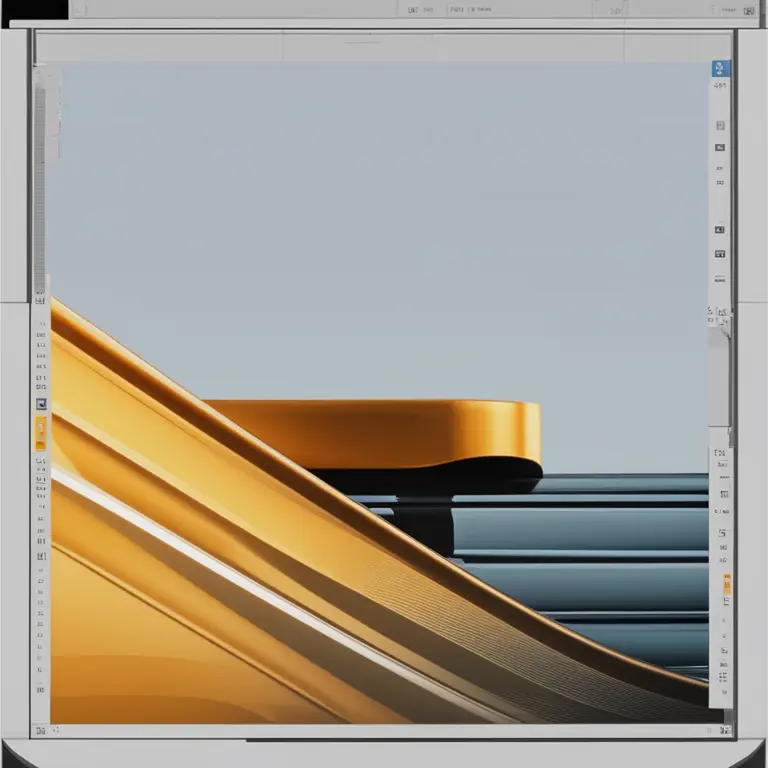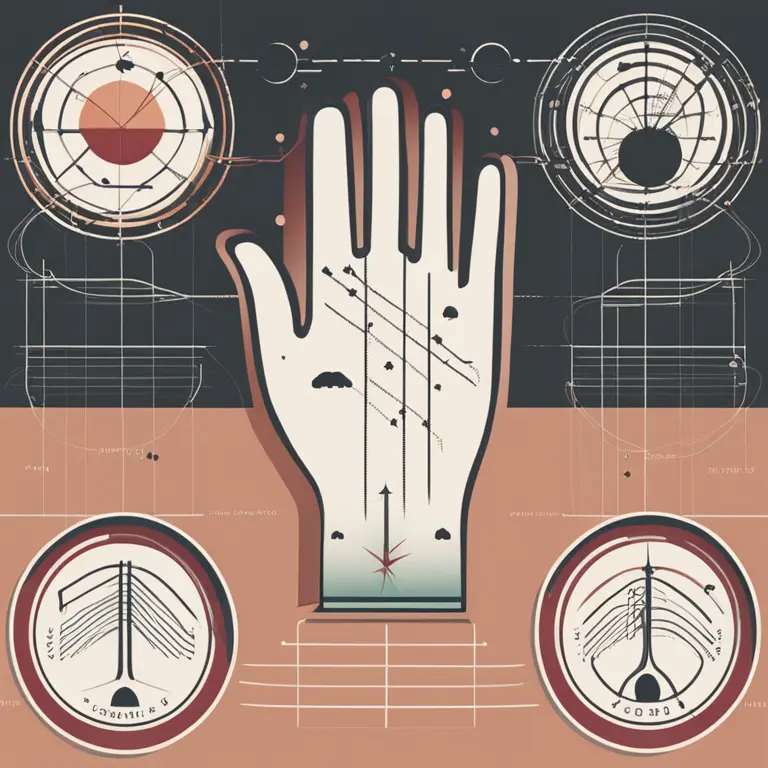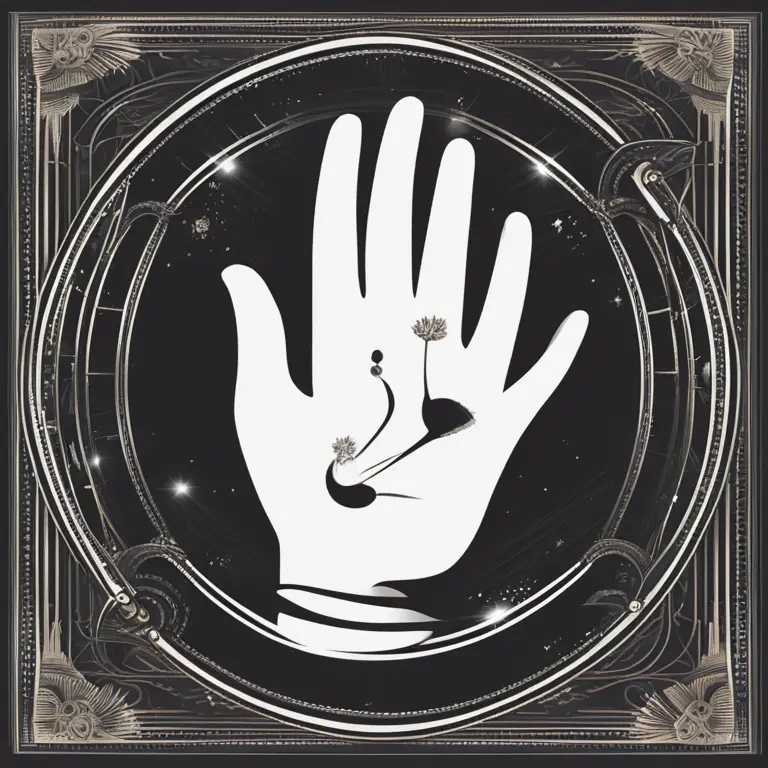
The Essentials of Palmistry: Key Rules and Practices
Discover the core principles of palmistry, the ancient art of hand analysis. Learn how to interpret lines and patterns for insights into personality and fate.
article by Nora Pennington
Foundations of Palm Reading
Palmistry, or chiromancy, is the art of analyzing the physical features of the hands to gain insight into a person's character and potential future. It is rooted in various cultural traditions, with evidence of its practice dating back thousands of years. The palms serve as a unique personal blueprint, offering signals about our strengths, weaknesses, opportunities, and challenges. Although palmistry is not scientifically proven, many find its insights surprisingly relevant and thought-provoking. Modern practitioners of this ancient art continue to evolve their techniques, often integrating contemporary psychological theories with traditional analyses.

Main Lines to Consider
In palmistry, there are three main lines that are generally examined first: the life line, heart line, and head line. The life line details physical vitality and life changes, the heart line offers clues about love and emotions, and the head line provides insights into intellect and mental constitution. While these lines are interpreted individually, their interactions are equally significant. A practitioner evaluates not just the lines themselves, but also their length, depth, and curvature to provide nuanced readings reflective of an individual's experiences and inner world.

Understanding Hand Shapes
Aside from lines, hand shapes are classified into elemental categories: earth, air, fire, and water. Each element corresponds to specific personality traits. Earth hands, for example, signify practicality and stability, while water hands are often associated with sensitivity and intuition. Palmists pay special attention to the proportion of fingers to the palm, as well as the overall texture of the skin, as these attributes feed into a comprehensive analysis of the subject's temperament and predispositions.

The Significance of Fingerprints
Fingerprints are also a critical facet of palmistry, offering an additional layer of depth to readings. Each pattern, be it a loop, whorl, or arch, is considered to hold specific meanings. These patterns, formed before birth, are stable throughout life, suggesting innate characteristic traits. Recent developments in dermatoglyphics, the study of fingerprints, have sparked new interest in integrating these patterns with personality and psychological assessments, thus enriching the context and applications of palmistry.

Minor Lines and Their Impact
Beyond the three main lines, the minor lines in palmistry, which include the fate line, sun line, and mercury line, can provide additional context about an individual's prospects in career, success, and communication. For example, the fate line is often linked to aspects of career and life path, and its clarity and continuity can suggest purpose and progression in a person's endeavors. These lines may not appear as prominently in every person's palm, and their varied presence contributes to the dynamic narrative each palm presents.
Synthesis of Symbolic Elements
A seasoned palmist doesn't merely catalog individual symbols but synthesizes this information to form a cohesive narrative about the individual. The interplay between different palmistry elements reflects the complexity of human life. As insights from the study of psychology and neurology increasingly intertwine with the ancient practice of palmistry, the field continues to adapt, providing modern interpretations that resonate with contemporary seekers of self-knowledge and guidance.
Published: 1/11/2024
Modified: 1/12/2024
More predictions
Come back here soon to learn more about yourself and your future


The Essence of Palmistry: Interpreting Lines and Shapes
Delve into the world of palmistry to discover the meanings behind the lines and shapes etched into the palms of your hands.


Palmistry: The Historical Overview
Delve into the dawn of palmistry and trace its journey through the corridors of time, uncovering the roots of this ancient practice.


The Ancient Art of Vedic Palmistry
Discover the ancient art of Vedic Palmistry and its practice in the modern era, revealing the secrets held within the lines of the hand.